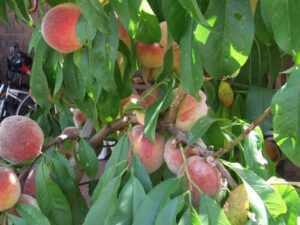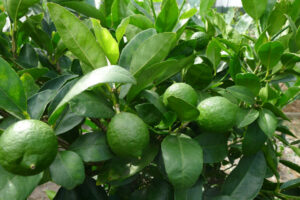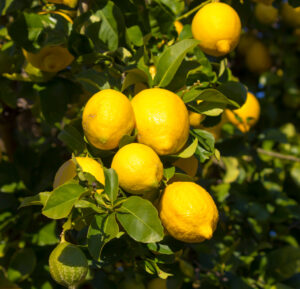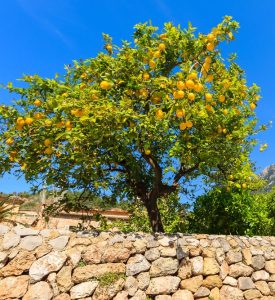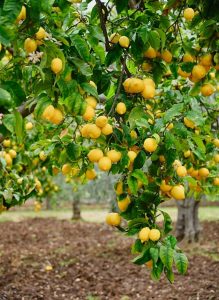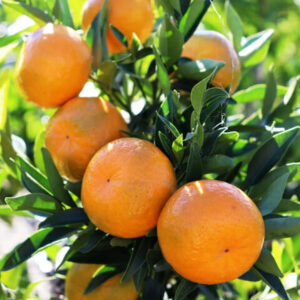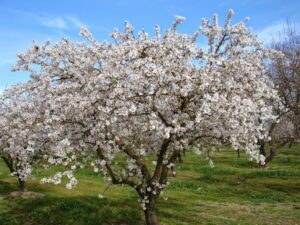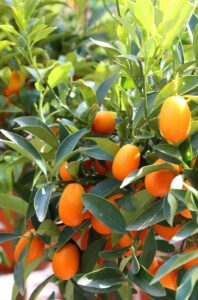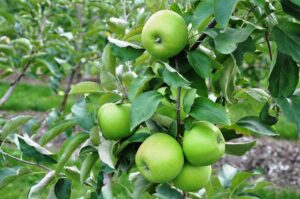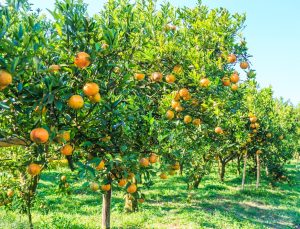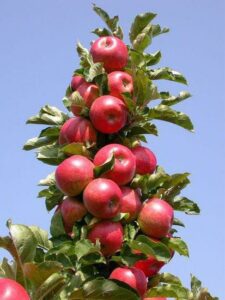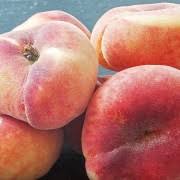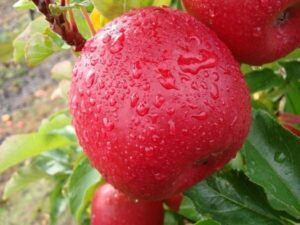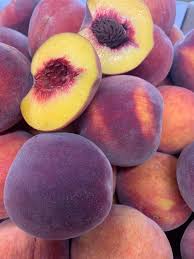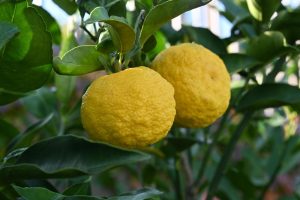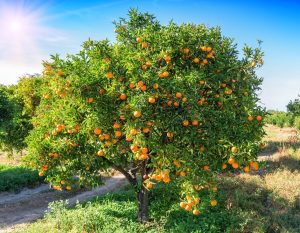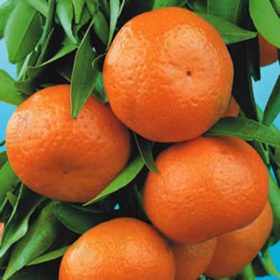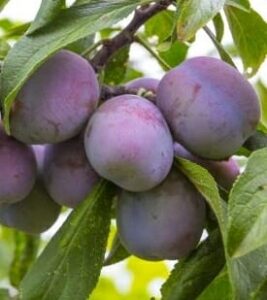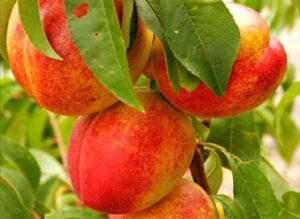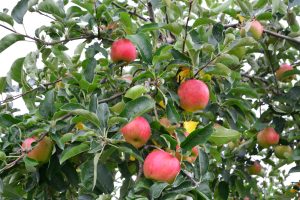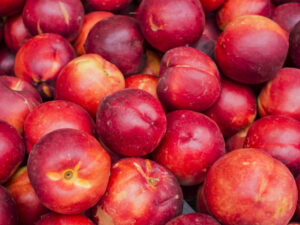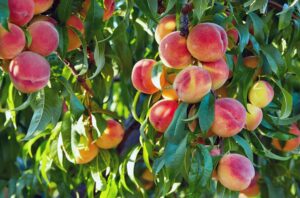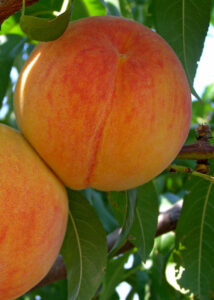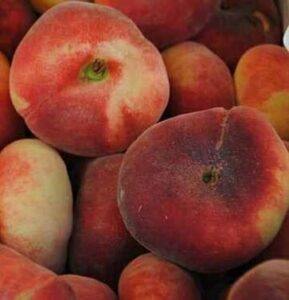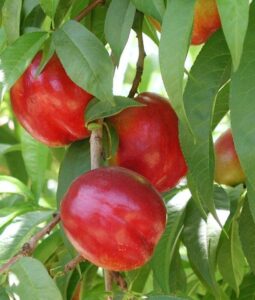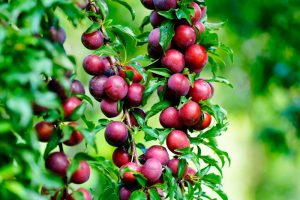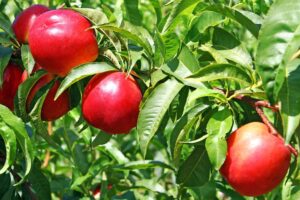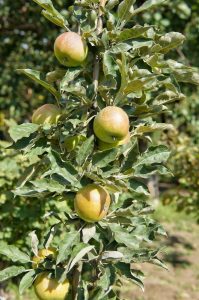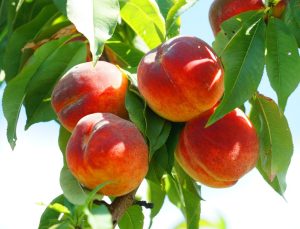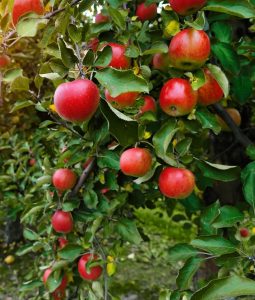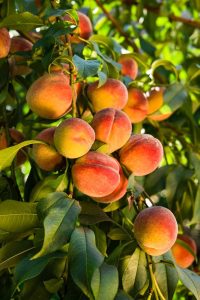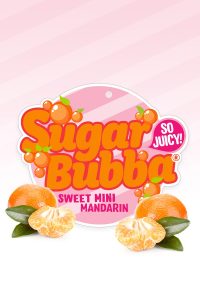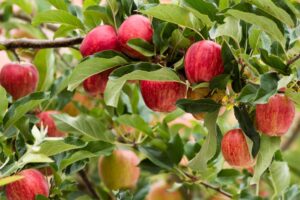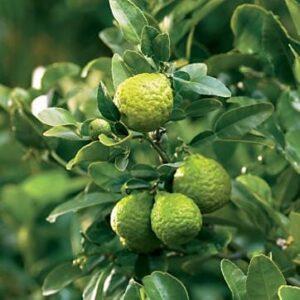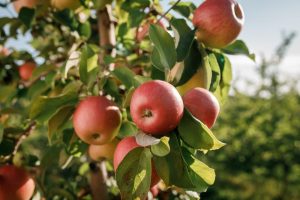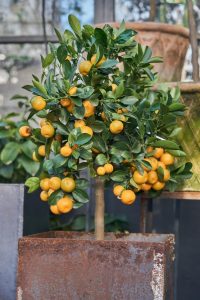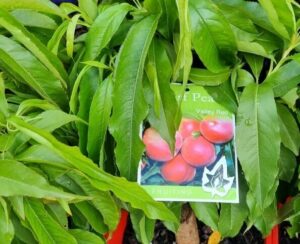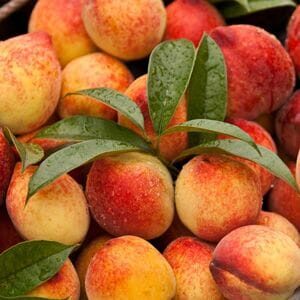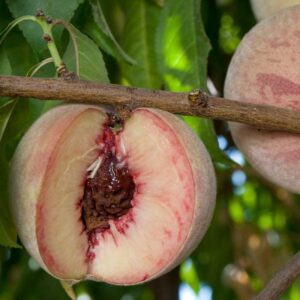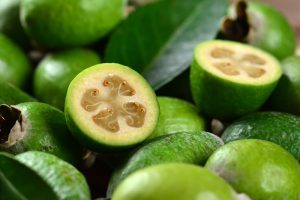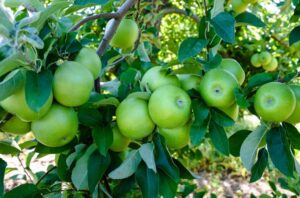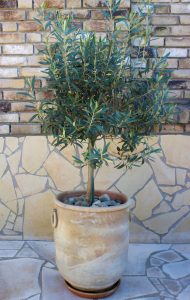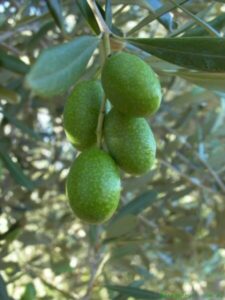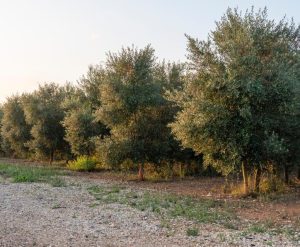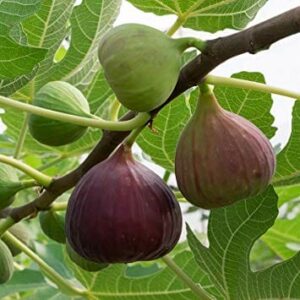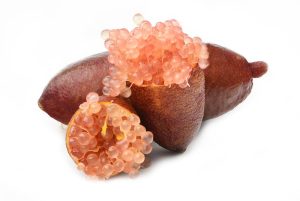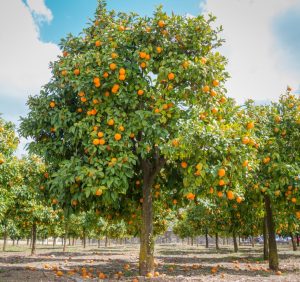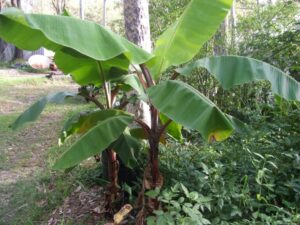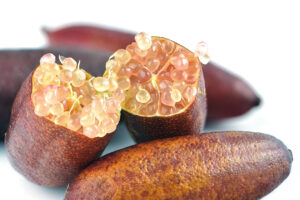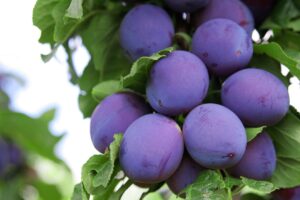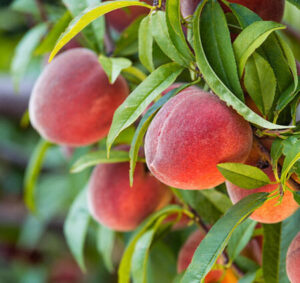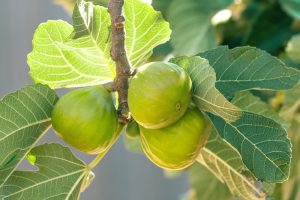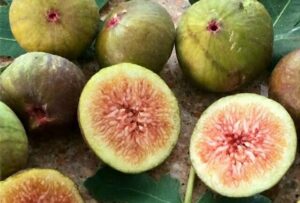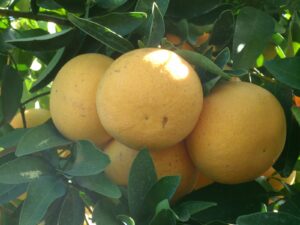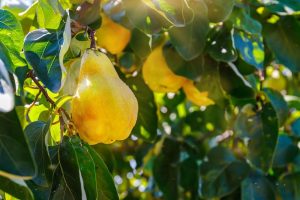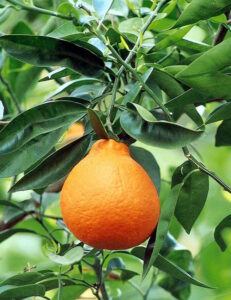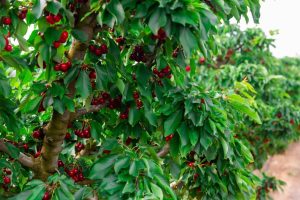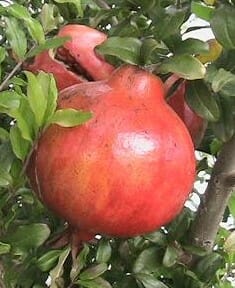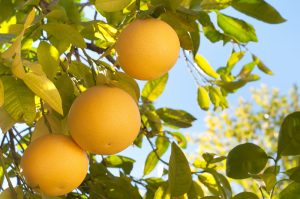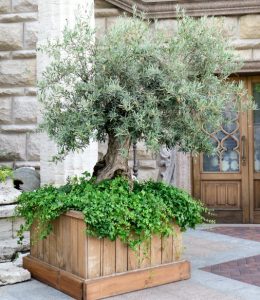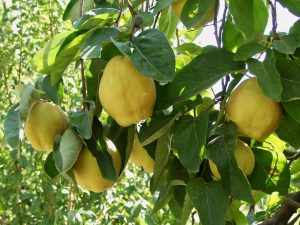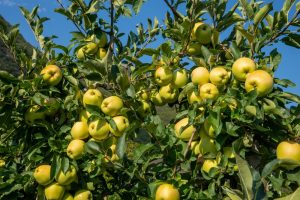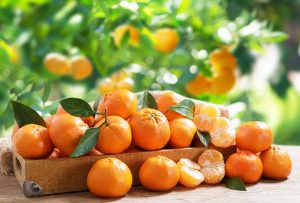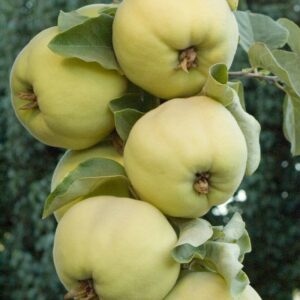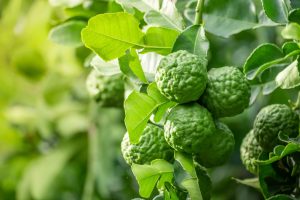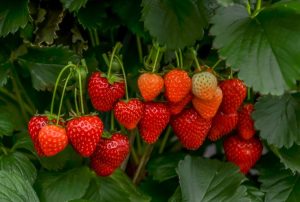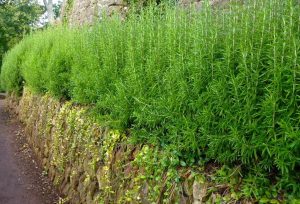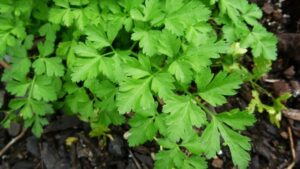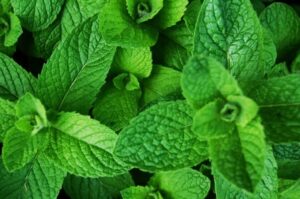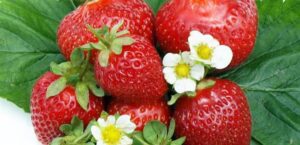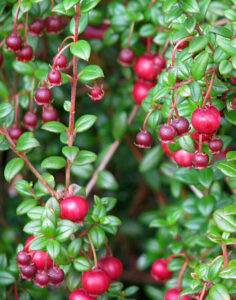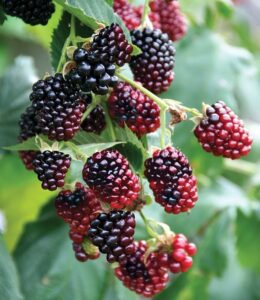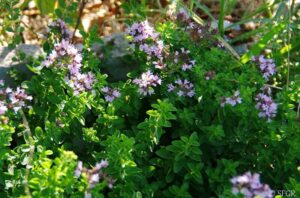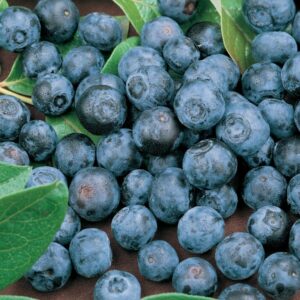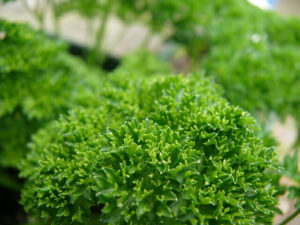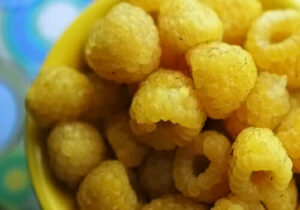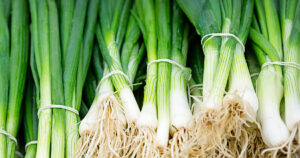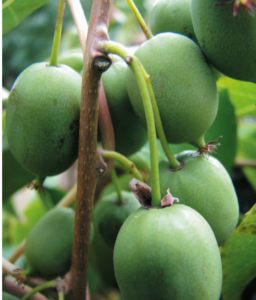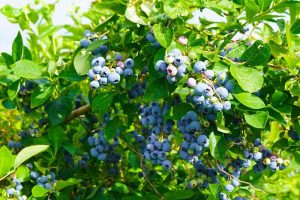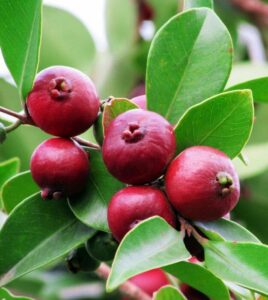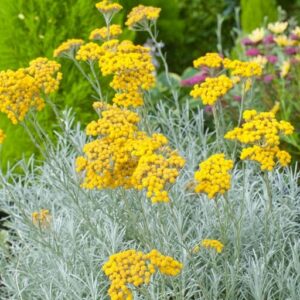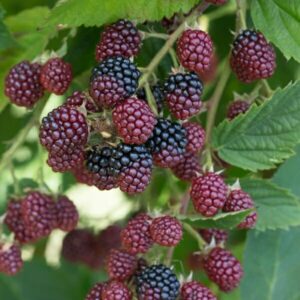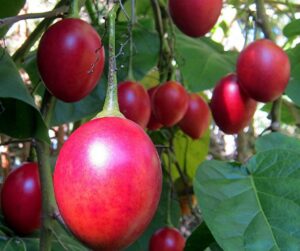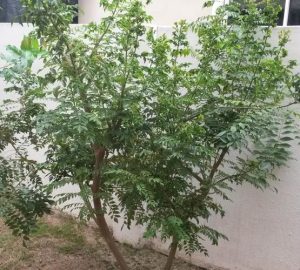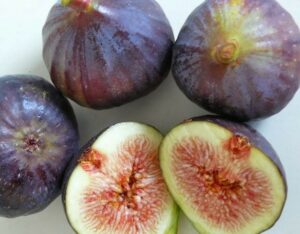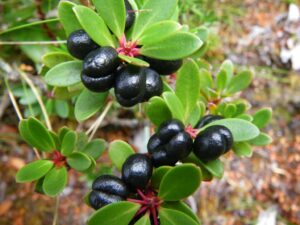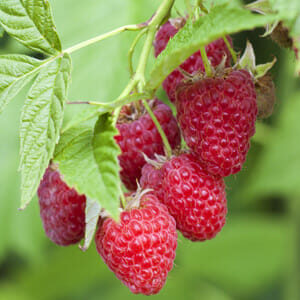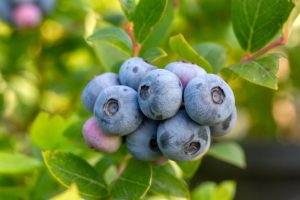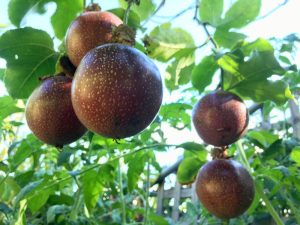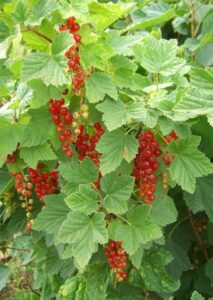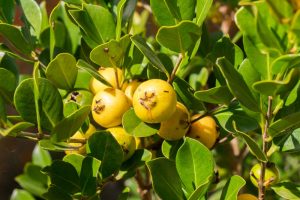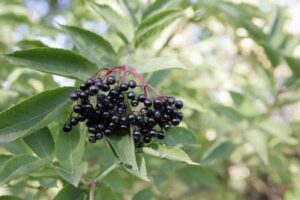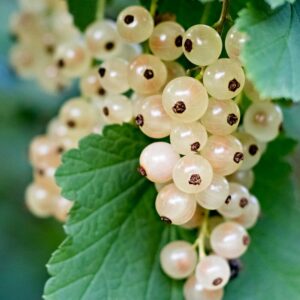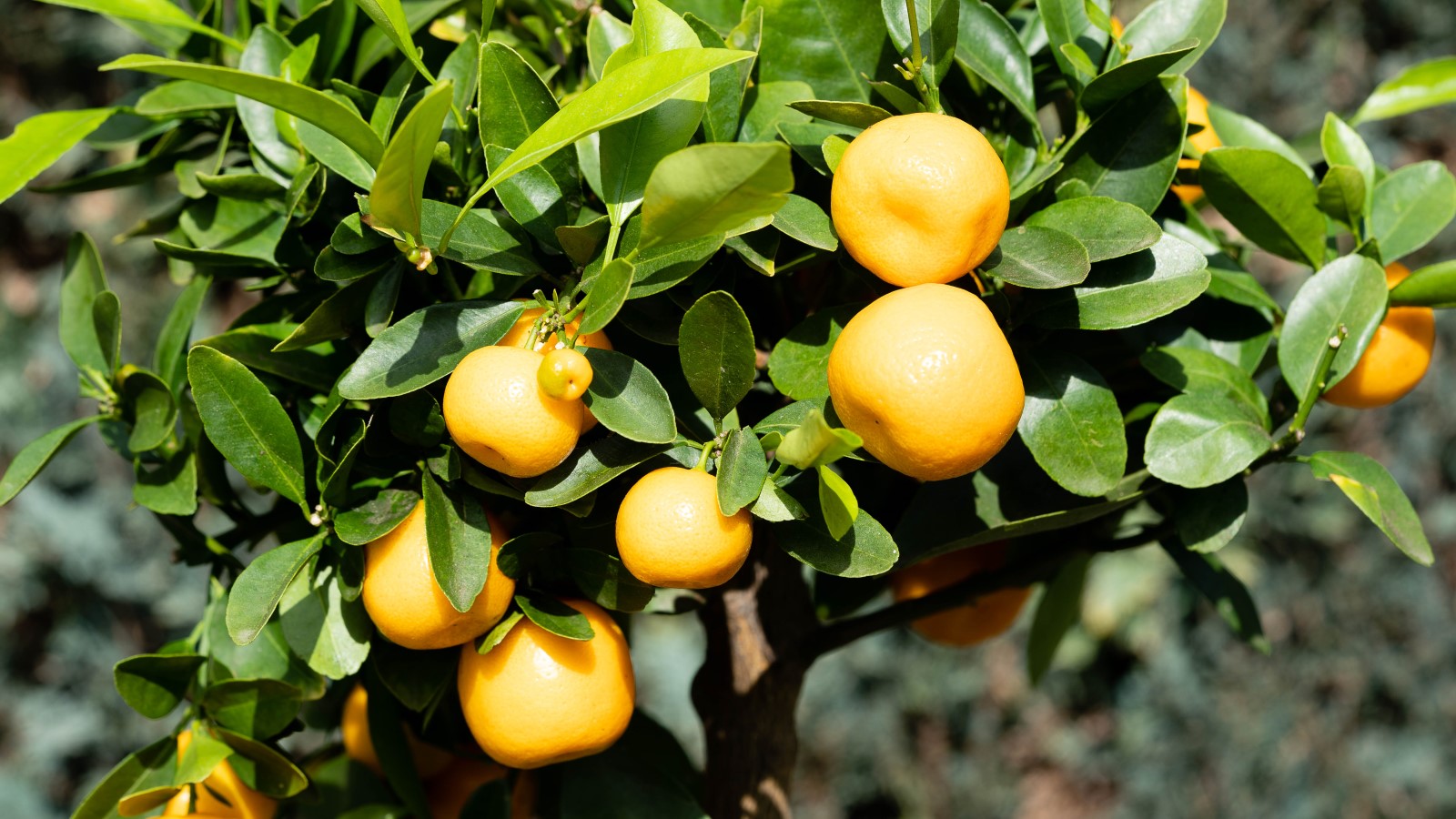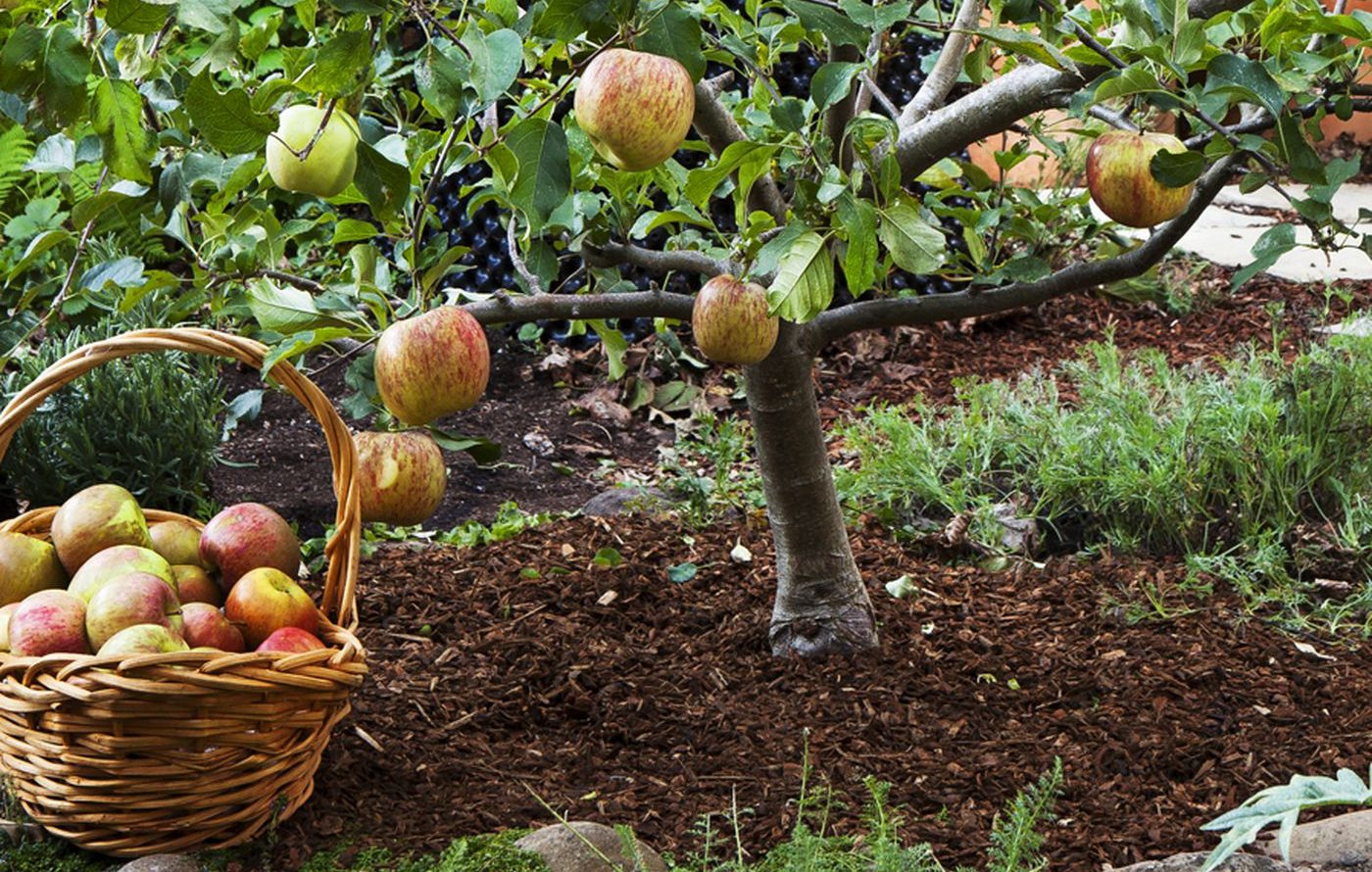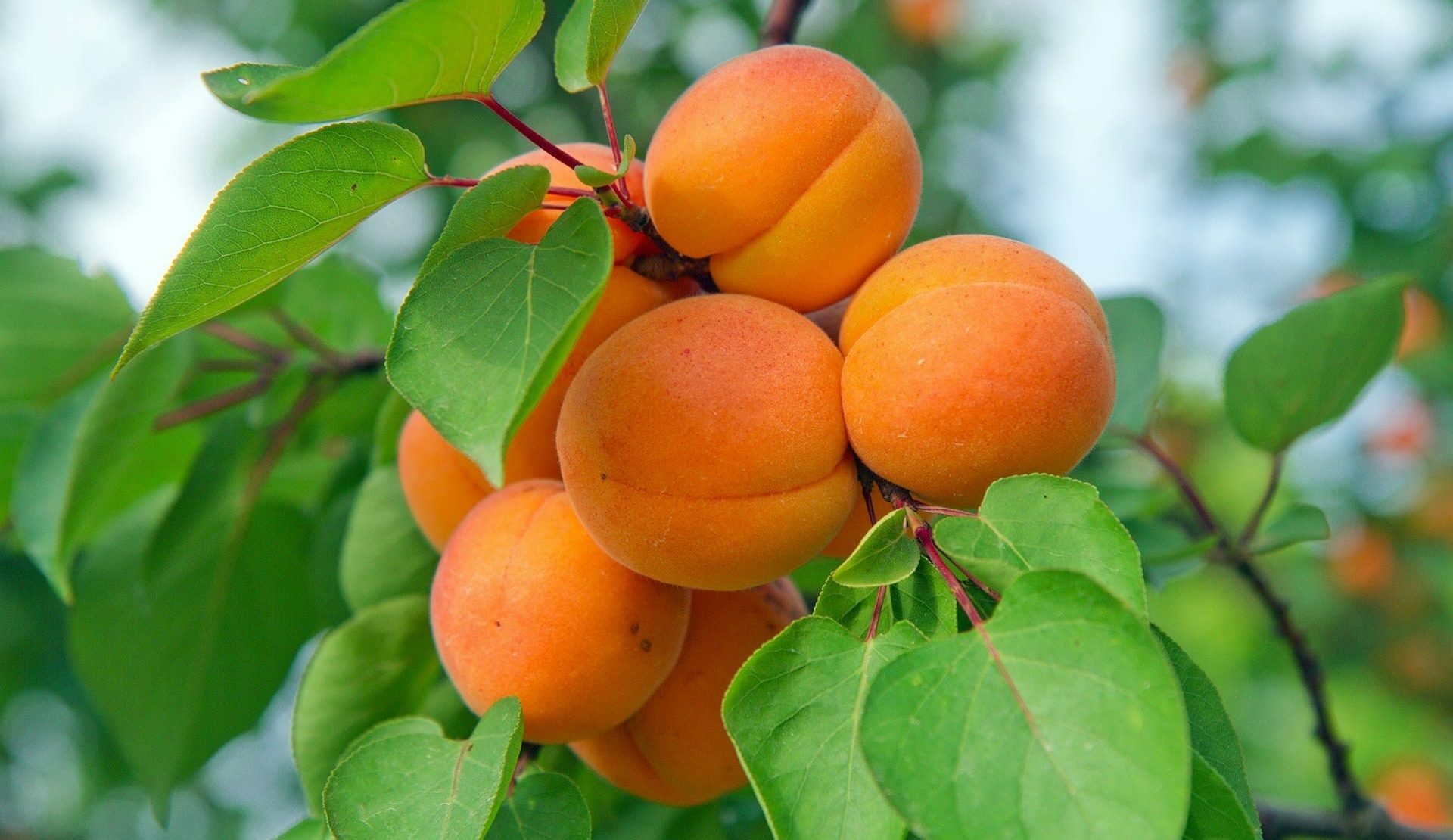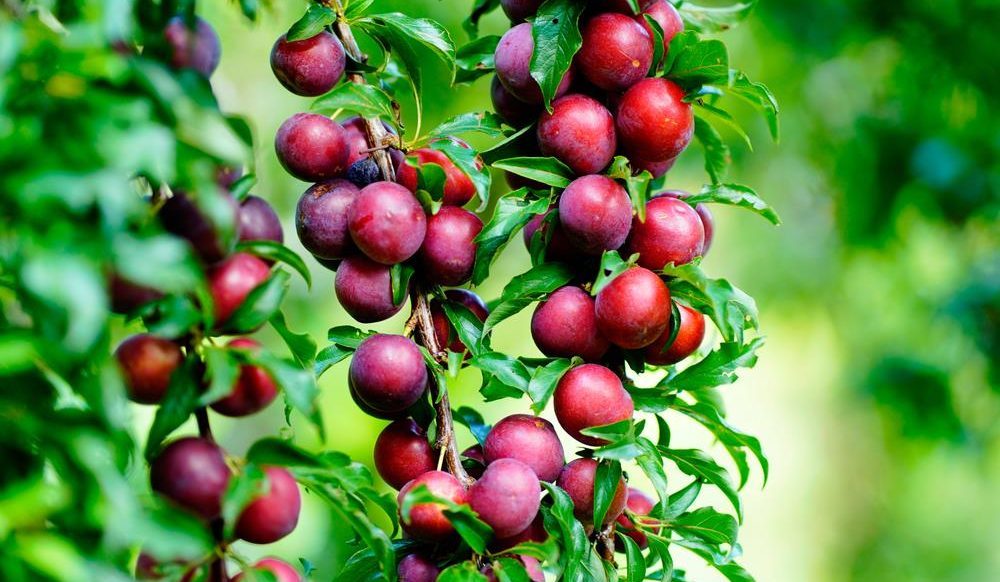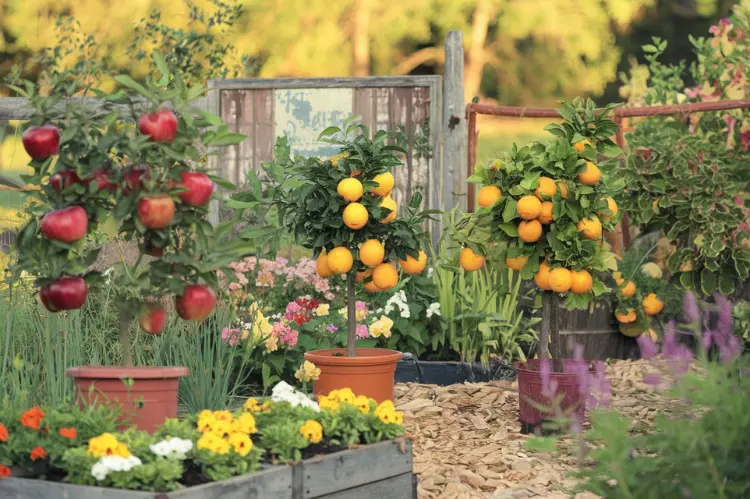
The Best Range of Dwarf Fruit Trees, Fruit Trees and Edibles
It’s the season of growing your own food, and oh, what an exciting season to be in.
You are no longer restricted to buying fruit trees just in the wintertime. Depending on when you were born you may or may not understand the struggles of having to wait for the cold months to buy your fruit tree.
This was because 30 years ago, or even 1000 years, Growers only dug up their fruit trees in winter. Meaning that Nurseries only sold fruit trees in the winter. READ MORE HERE.
JUMP STRAIGHT TO ALL OUR FRUIT TREES AND EDIBLES:
-
-
-
-
-
-
-
-
-
-
-
-
-
-
-
-
Citrus ‘Yuzu’ Japanese Dwarf Lemon 5L
0 out of 5 0$69.99Original price was: $69.99.$59.99Current price is: $59.99. -
-
-
-
-
-
Malus ‘Cripps Pink’ Dwarf Apple 8″ Pot
0 out of 5 0$49.99Original price was: $49.99.$34.99Current price is: $34.99. -
-
-
-
-
-
-
-
-
-
-
-
-
-
-
Malus ‘Cumulus™’ Columnar Apple 10″ Pot
0 out of 5 0$99.99Original price was: $99.99.$84.99Current price is: $84.99. -
-
-
Prunus ‘Valley Red’ Peach (Super Dwarf) 10″ Pot
0 out of 5 0$99.99Original price was: $99.99.$89.99Current price is: $89.99. -
-
-
-
Feijoa ‘Pineapple Guava’ 8″ Pot
0 out of 5 0$34.99Original price was: $34.99.$32.99Current price is: $32.99. -
Malus ‘Granny Smith’ Apple 8″ Pot
0 out of 5 0$49.99Original price was: $49.99.$36.99Current price is: $36.99. -
-
-
-
Olea ‘Kalamata’ Olive 6″ Pot
0 out of 5 0$22.99Original price was: $22.99.$10.99Current price is: $10.99. -
Citrus ‘Eureka’ Lemon Tree 16″ Pot
0 out of 5 0$329.99Original price was: $329.99.$229.99Current price is: $229.99. -
Ficus ‘Brown Turkey’ Fig 6″ Pot
0 out of 5 0$19.99Original price was: $19.99.$17.99Current price is: $17.99. -
Citrus Mandarin ‘Imperial’ 10″ Pot
0 out of 5 0$99.99Original price was: $99.99.$69.99Current price is: $69.99. -
Citrus ‘Red’ Finger Lime 4L Pot
0 out of 5 0$79.99Original price was: $79.99.$49.99Current price is: $49.99. -
-
-
-
-
Citrus ‘Pink Ice’ Finger Lime 7″ Pot
0 out of 5 0$49.99Original price was: $49.99.$39.99Current price is: $39.99. -
-
-
-
Citrus Lemon Tree ‘Meyer’ 16″ Pot
0 out of 5 0$299.99Original price was: $299.99.$229.99Current price is: $229.99. -
Citrus Lemon Tree ‘Meyer’ 8″ Pot
0 out of 5 0$49.99Original price was: $49.99.$14.99Current price is: $14.99. -
-
Citrus Orange Tree ‘Blood Orange’ 10″ Pot
0 out of 5 0$99.99Original price was: $99.99.$79.99Current price is: $79.99. -
Prunus ‘Angelina Burdett’ Plum 10″ Pot
0 out of 5 0$79.99Original price was: $79.99.$72.99Current price is: $72.99. -
-
Ficus ‘White Genoa’ Fig 8″ Pot
0 out of 5 0$34.99Original price was: $34.99.$29.99Current price is: $29.99. -
-
Citrus Lemon Tree ‘Lisbon’ 16″ Pot
0 out of 5 0$329.99Original price was: $329.99.$299.99Current price is: $299.99. -
Prunus ‘King Billy’ Plum 10″ Pot
0 out of 5 0$79.99Original price was: $79.99.$72.99Current price is: $72.99. -
Ficus ‘Preston Prolific’ Fig 10″ Pot
0 out of 5 0$79.99Original price was: $79.99.$69.99Current price is: $69.99. -
-
-
-
-
-
-
-
-
Citrus ‘Kaffir’ Lime Tree 16″ Pot
0 out of 5 0$299.99Original price was: $299.99.$229.99Current price is: $229.99. -
-
-
-
-
Punica ‘Jativa’ Pomegranate 6″ Pot
0 out of 5 0$26.99Original price was: $26.99.$18.99Current price is: $18.99. -
-
-
Malus ‘Prima Heritage’ Apple 10″ Pot
0 out of 5 0$99.99Original price was: $99.99.$49.99Current price is: $49.99. -
Olea ‘Correggiola’ Olive 10″ Pot
0 out of 5 0$79.99Original price was: $79.99.$59.99Current price is: $59.99. -
-
-
Malus ‘Sturmer Pippin’ Heritage Apple 10″ Pot
0 out of 5 0$99.99Original price was: $99.99.$49.99Current price is: $49.99. -
Malus ‘Stewart’s Seedling’ Apple 10″ Pot
0 out of 5 0$99.99Original price was: $99.99.$49.99Current price is: $49.99. -
-
-
-
-
-
-
Fragaria ‘Red Gauntlet’ Strawberry 6″ Pot
0 out of 5 0$12.99Original price was: $12.99.$4.99Current price is: $4.99. -
Rosmarinus ‘Common Rosemary’ 6″ Pot
0 out of 5 0$12.99Original price was: $12.99.$10.99Current price is: $10.99. -
-
-
-
-
-
Rubus ‘Boysenberry’ 6″ Pot
0 out of 5 0$19.99Original price was: $19.99.$14.99Current price is: $14.99. -
-
Vaccinium ‘Sunshine Blue’ Blueberry 8″ Pot
0 out of 5 0$36.99Original price was: $36.99.$24.99Current price is: $24.99. -
-
-
-
-
Vaccinium ‘Blue Rose’ Blueberry 6″ Pot
0 out of 5 0$17.99Original price was: $17.99.$10.99Current price is: $10.99. -
-
Helichrysum ‘Curry Plant’ 6″ Pot
0 out of 5 0$14.99Original price was: $14.99.$12.99Current price is: $12.99. -
Rubus ‘Thornless’ Blackberry 6″ Pot
0 out of 5 0$17.99Original price was: $17.99.$15.99Current price is: $15.99. -
-
Murraya ‘Curry Tree’ 8″ Pot
0 out of 5 0$79.99Original price was: $79.99.$54.99Current price is: $54.99. -
Ficus ‘Black Genoa’ Fig Tree 6″ Pot
0 out of 5 0$19.99Original price was: $19.99.$16.99Current price is: $16.99. -
Tasmannia ‘Mountain Pepper’ Tucker Bush (Female) 6″ Pot
0 out of 5 0$24.99Original price was: $24.99.$22.99Current price is: $22.99. -
Fragaria ‘Red Gauntlet’ Strawberry 7″ Pot
0 out of 5 0$19.99Original price was: $19.99.$6.99Current price is: $6.99. -
Tasmannia ‘Mountain Pepper’ Tucker Bush (Male) 6″ Pot
0 out of 5 0$24.99Original price was: $24.99.$22.99Current price is: $22.99. -
Rubus ‘Chilliwack’ Raspberry 6″ Pot
0 out of 5 0$17.99Original price was: $17.99.$15.99Current price is: $15.99. -
-
-
-
-
Psidium ‘Yellow Cherry’ Guava 8″ Pot
0 out of 5 0$39.99Original price was: $39.99.$36.99Current price is: $36.99. -
-
-
-
READ MORE HERE:
Back then, people would be out there digging up cold clay to stuff a fruit tree in and hope for the best. The survival rates weren’t great, and the tree would struggle to get away.
But bless modern technology because with a new type of production called Spring Buds, you can now buy fruit trees anytime.
Spring Buds works by grafting the tree in autumn and then planting it in a pot during winter. Come springtime the tree bursts away and grows vigorously.
These plants are really healthy and take root in your garden within a week or so of planting. Fruit trees adore the summer heat, as long as you keep them well watered.
Right now is actually the best time to be planting a fruit tree.
Which is why we’ve put special effort into building up a huge stock of dwarf fruit trees. Not to mention the massive range of edible plants we have!
It’s a very exciting time for those who want to get into growing their own food.
Let’s get right into the specificities so you can decide what edible plants are the best fit for you.
Maybe it’s just a Dwarf Lemon Tree on the balcony or a veggie patch filled with an assortment of things, or just planting some herbs in a pot.
We adore dwarf fruit trees because they are the perfect way to let everyone enjoy fruit no matter their housing situation. Now of course there are still limits, some plants need to be outside or a certain amount of sun to grow.
But you don’t need a giant backyard to grow these incredible fruit trees. How it works is that a dwarf fruit tree is just like its normal counterpart, but it’s been grafted onto a special rootstock that makes it stay compact. This lets people grow fruit trees in small spaces and grow several varieties as well where they’d normally only be able to grow a single variety.
Whether you plant yours in a pot or out in the garden, enjoy the satisfaction of growing your own food and the delicious fresh fruit that comes with that.
Here’s everything you need to know about the different types for DWARF FRUIT TREES:
Apples are such a versatile fruit to have – from pies to jams to porridge, or just straight from the branch. Of course you should know all about the incredible health benefits of apples – and how exquisite their spring blossoms are.
We have a few different varieties on offer, each with their own unique strengths.
Please note that all Apples need another Apple variety close by for pollination.
This is a compact version of the very popular Pink Lady variety. If you’ve ever had one of these from the store then you know just how sweet and delicious they are.
Pinkabelle is great for all sized gardens, growing to a height of about 2 metres and a metre wide. It does equally well in pots or as a specimen tree in the garden.
And of course the fruit is utterly delicious – great for desserts or just eaten fresh.
Also know as Snow Apple, the fruit from this tree is juicy, crisp and has an aromatic flavour. It tends to be on the smaller size, so is great for a snack.
The best varieties to pair with Pomme de Neige are Granny Smith, Golden Delicious and Gala.
We all know of the wonderful health benefits of almonds, they’re a great healthy fat and can be used across a wide variety of dishes.
Toss some in with your homemade granola or dice it for the topping on a cake, eat it straight or toast it for a deeper smoky flavour.
What is particularly fantastic about Dwarf Almonds is that some varieties are self-pollinating. Which means you don’t need to be buying two different varieties – perfect for those tight on space.
This is one of those varieties we were talking about – a self-pollinating Almond that is very convenient to have.
It bears heavy crops of soft-shelled almonds that have a sweet flavour. These almonds come in around mid-season.
The tree has an upright form and bears stunning white blossoms in spring.
What we love about Peaches is how easy they are to grow – and they look so beautiful. Not to mention peaches are packed with all sorts of health benefits.
We have a MASSIVE range of Peach trees, with so many delicious varieties to choose from.
Crimson Rocket is an upright growing Peach that is new to the market. If you only have space for one variety, this is the one you pick as it is self-pollinating.
The fruit is medium sized with red skin and golden flesh – very yummy. In spring you get stunning pink flowers.
Plant in well drained, well worked soil in a sunny position. It reaches a mature height of 2×2 metres.
If you like slightly odd shaped fruit, you’re going to love Angel. With deliciously sweet fruit that is donut shaped, it makes for a great feature.
You get lush green foliage, stunning pink blossoms and fruit. Also being self-pollinating means you don’t have to worry about buying another variety.
Make sure to plant it in full sun to part shade, it will grow to about 2×2 metres.
This is a variety that is over 100 years old! A classic Australian peach that is very popular due to its heavy fruiting nature.
If you want a big crop of fruit, this is the type to choose. The fruit is soft, with white flesh and a freestone.
If you want to do all sorts of things with your peaches – canning, baking, or just snacking on, this is the type to pick. The peaches are large and sweet, ripening to a deep golden colour with a red blush.
Elberta is self-fertile, but they do produce better with a second tree. It’s very important that you water it regularly as they are not drought tolerant.
This is a New Zealand variety of peach, and is perfect for stewing (but also great fresh). The fruit is yellow-fleshed and yellow-skinned.
Golden Queen ripens late and has a medium yield. It reaches a height of 2×2 metres.
If you’re after late cropping fruit, consider an Indian peach. The blossoms come in early spring and once the fruiting is done you get gorgeous autumn foliage.
The fruit is medium sized with dark wine skin over cream coloured flesh.
It is self-fertile and does not require a cross pollinator. It will reach a height of about 2 metres.
This is a peach with some superb flavour. It is a freestone with yellow and red flesh. It is self-fertile and doesn’t need other pollinators.
It will reach a maximum height of 2.5 metres.
We have SO many different varieties of Nectarine to show you, which is very exciting.
You may not eat nectarines as often as you do apples or almonds, but they are still a delicious fruit to have. Nothing says summer like a big bite of a nectarine with juice dripping down your fingers.
We’ve said it before, but these do have great health benefits. The more fruit you eat, the better you’re going to feel.
If you want to cook with your nectarine then this is the perfect variety, the large fruit is great for cooking and stewing. Of course you can also eat it fresh – the flavour is great.
This is a self-pollinating tree which is very useful – you don’t have to find the space or spend the money on getting two varieties.
Make sure to plant it in a sunny position with well drained and well worked soil. The tree will grow to around 2×2 metres.
This is a very popular variety and is the one you pick if you love eating nectarines fresh, or want to store it for some time. The fruit is firm but sweet with yellow flesh and is freestone.
Be sure to plant them in well-drained soil. They are a high producer so enjoy large crops of delicious fruit.
If you want sweet nectarines and a lot of them, choose Flavortop. It is a vigorous and heavy bearing tree that produces incredibly flavoured fruit.
The nectarine has smooth red skin, yellow flesh and is freestone. These also make for a great feature because of their soft pink flowers that come about in summer.
Flavortop reaches a height of 2.5 metres.
This is the classic, old-fashioned Australian nectarine with our most sought-after nectarines. The fruit has white flesh, is freestone and has a delicious flavour.
Goldmine is the one you pick when you want a nectarine that is easy to grow, with fruit that ripens late.
If you live somewhere a bit colder, this is the variety to choose. One established, TangO’s is frost tolerant.
The fruit is flat, yellow fleshed that is deliciously sweet. It is a stone nectarine.
This is also a very easy to grow nectarine, but should be protected from high winds and planted in full sun to part shade.
As it is deciduous it will lose its leaves, giving way to gorgeous blossoms in spring.
The tree will reach a height of about 2-2.5 metres.
Similar to TangO’s, this is a variety to pick for the cooler climates. Once established it is also frost tolerant, but make sure to protect it from high winds.
The fruit is a bright red with juicy white sweet flesh. It is deciduous, with wonderful spring blossoms.
The tree will reach a height of about 2-2.5 metres and should be planted in full sun to part shade.
Apricots are delicious fruit packed with so many health benefits. The go to use is to make into a jam – something you can bake into muffins or have just on toast.
You can also bake them into delicious cookies, cakes, tarts, you name it.
Blessed with fast growing properties, Storey is actually an early-fruiting version of the ‘Moorpark’ Apricot. Coming in around 3 weeks earlier than ‘Moorpark’, you get large fruit with a delicious flavour.
If you’re a fan of apricot jam, then this is the variety you want to go for.
This is a very popular variety that produces large quantities of tasty fruit – if you find the crop is too much, they do respond well to thinning.
This is a mid-season fruiter, with the tree growing about 4 metres in height.
Plums are not typically a go to fruit tree to plant, but they truly have so many benefits, both for your health and the environmental health.
Plums are great for skin health, gut health, immunity, bone health and many other things.
Plum blossoms attract bees which is excellent for biodiversity, they also have a great root system which can help with soil erosion.
Want to level up your health? Then you have to buy this plum – it’s the variety with the highest antioxidants and potential health benefits of any plum available.
The fruit is dark fleshed and very juicy and sweet. It is a freestone, but has a very small seed unlike other plums.
You do need to get another variety for cross-pollination, the best types are Mariposa or Narrabeen. The tree is deciduous and will reach a height of 2.5 x 2.5 metres.
This is a Japanese blood plum with large fruit that has an incredible flavour. The skin is a glossy red and is sweeter than some other varieties.
This is a great choice for those with a small to medium garden wanting to use plums as fresh fruit, jam and juice.
You also need to buy another variety for cross-pollination, we recommend Santa Rosa.
This is the plum you choose when you can’t fit in another plum to cross-pollinate. Now to get the best possible crop of fruit, it is recommended to get another variety like Santa Rosa.
But as Satsuma is partially self-pollinating, you can still get some fruit without need for another type.
The fruit is juicy and a dark red in colour – great for eating fresh or stewing.



